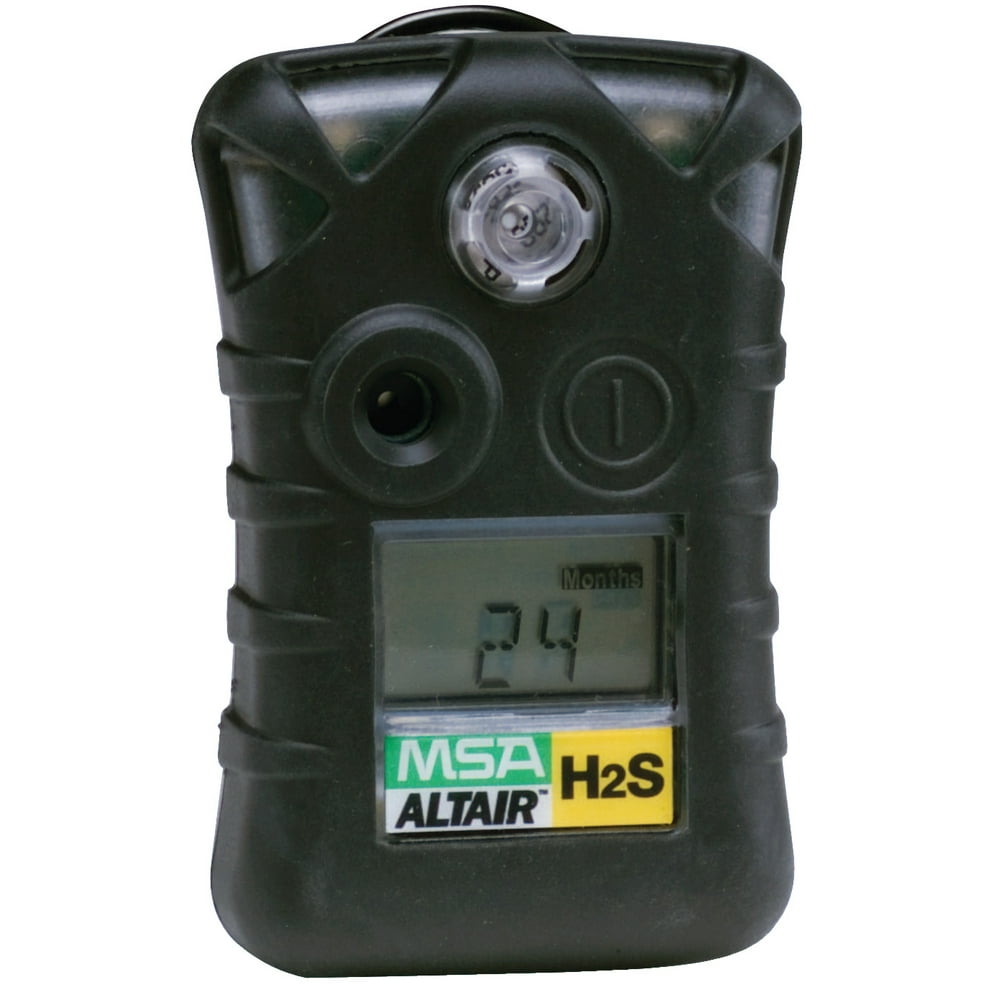Gas detectors work based mostly on varied applied sciences, every designed to detect specific gases or forms of gasoline concentration. The fundamental principle entails the sensor in the detector responding to the presence of a target fuel and triggering an alarm or alert. Here are some common types of gas detection applied sciences and how they work:
Catalytic Bead Sensors:
Principle: These sensors detect flamable gases corresponding to methane and propane. The sensor incorporates a catalytic bead that reacts with the fuel, causing an increase in temperature. This change in temperature is then measured and used to discover out the gas concentration.
Applications: Commonly used in industries the place flammable gases are current, such as oil and gas.
Infrared (IR) Sensors:

Principle: Infrared sensors work by measuring the absorption of infrared gentle at particular wavelengths by the goal gasoline. Each gas absorbs infrared light at a singular set of wavelengths, allowing the sensor to establish and quantify the fuel focus.
Applications: Suitable for detecting quite a lot of gases, together with carbon dioxide, methane, and hydrocarbons.
Electrochemical Sensors:
Principle: Electrochemical sensors detect gases by way of chemical reactions that produce an electrical present. When the target gas comes into contact with the sensor's electrodes, a chemical reaction occurs, generating a present that correlates with the gas focus.
Applications: Commonly used for detecting poisonous gases like hydrogen sulfide, carbon monoxide, and chlorine.
Photoionization Detectors (PID):
Principle: PID detectors use ultraviolet (UV) mild to ionize gas molecules, producing positively charged ions and electrons. The resulting present is measured and used to determine the gas concentration.
Applications: Effective for detecting risky organic compounds (VOCs) in industrial environments.
https://www.amazon.com/dp/B07GF7XK2D (MOS) Sensors:
Principle: MOS sensors include a skinny movie of metallic oxide that reacts with the target gas. This response changes the electrical resistance of the movie, and this resistance change is measured to determine the gasoline focus.
Applications: Commonly used for detecting gases like methane, propane, and butane.
Semiconductor Sensors:
Principle: Semiconductor sensors rely on the change in electrical conductivity of a semiconductor material when it comes into contact with a selected gasoline. The resistance change is then measured to determine gas concentration.
Applications: Widely used for detecting gases such as hydrogen and carbon monoxide.
Gas detectors typically incorporate a mixture of those sensor types to offer complete gasoline monitoring in numerous environments. Additionally, they might function alarms, shows, and knowledge logging capabilities to boost their performance and value. The alternative of expertise is dependent upon the specific gases to be detected and the environmental conditions of the applying..
